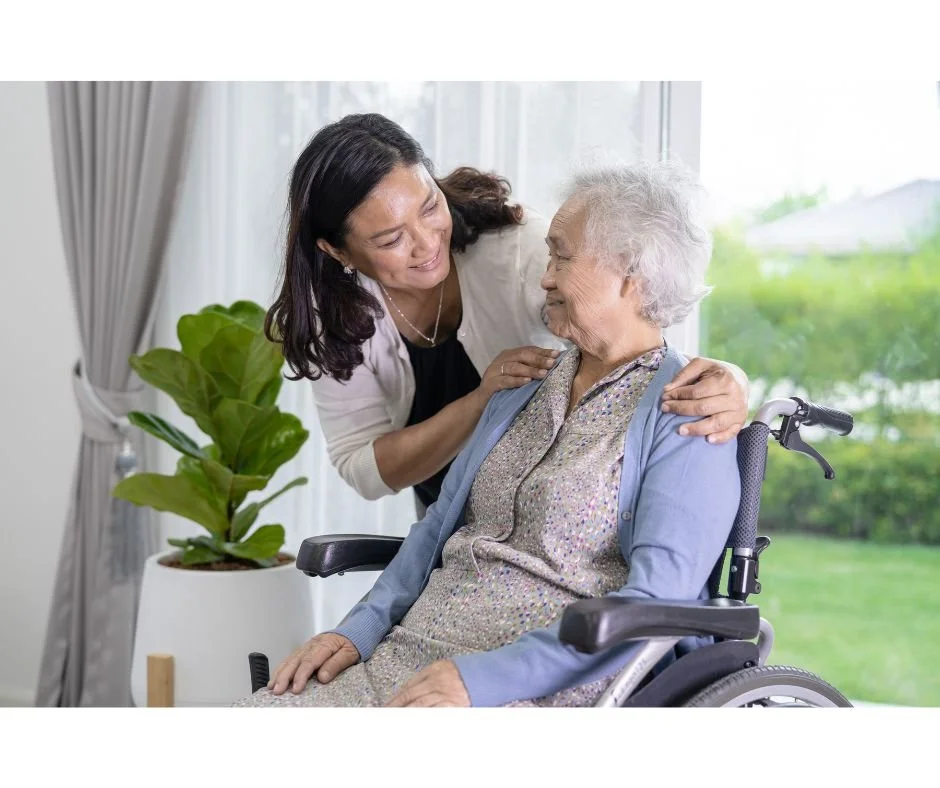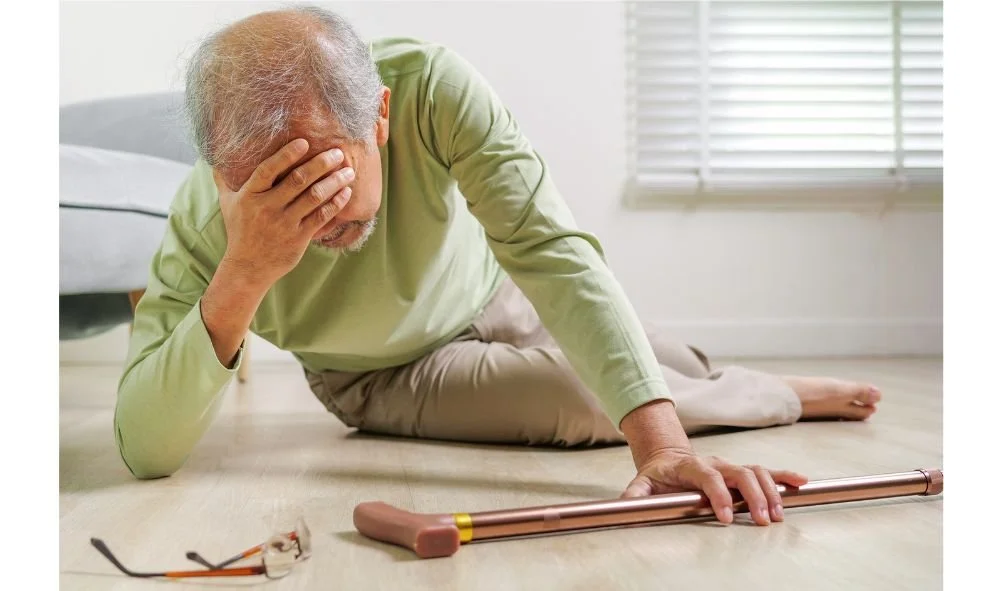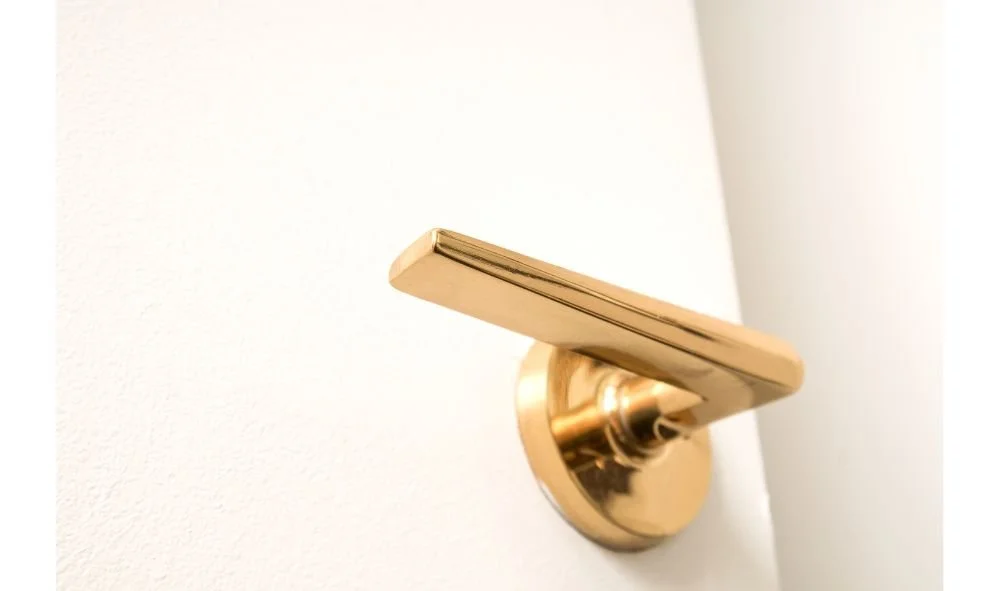Safe and Functional Homes: Essential Organising Tips for Elderly Individuals
As we age, our homes should evolve with us—ensuring safety, comfort, and ease of living. However, many Australian homes are not designed with senior safety in mind. Falls are a leading cause of hospitalisation for Australians over 65, but the good news is that simple home modifications, better storage solutions, and thoughtful decluttering can make a world of difference.
In this guide, we’ll explore practical ways to prevent falls, smart storage solutions for limited mobility, and how decluttering can help maintain independence—helping elderly individuals feel safer, more confident, and more in control of their living spaces.
1. How to Prevent Falls and Create a Senior-Friendly Space
Understanding Fall Risks in the Home
Falls can have serious consequences, from broken bones to a loss of independence. According to the Australian Institute of Health and Welfare (AIHW), falls are the leading cause of injury-related hospital admissions for seniors, with over 125,000 Australians aged 65+ hospitalised annually due to falls.
Many of these incidents are preventable with small but effective changes to the home environment.
Simple Home Modifications for Fall Prevention
A few adjustments can drastically reduce fall risks, making daily life safer and more comfortable:
Improve Lighting:
Install motion-sensor lights in hallways and bathrooms for night-time visibility.
Use bright LED bulbs in dimly lit areas.
Reduce Trip Hazards:
Remove loose rugs or secure them with non-slip backing.
Keep walkways clear of clutter, wires, and furniture.
Enhance Bathroom Safety:
Install grab bars in the shower and near the toilet.
Use non-slip mats in wet areas.
Consider a shower chair for added stability.
Modify the Kitchen for Accessibility:
Store frequently used items within easy reach to prevent stretching or bending.
Use lightweight cookware to reduce strain.
Room-by-Room Safety Tips
Living Room: Choose stable, non-slip furniture, and keep walking paths clear.
Bedroom: Keep a lamp, phone, and water within arm’s reach of the bed.
Stairs & Hallways: Install handrails on both sides and mark stair edges with high-contrast tape for better visibility.
By making these simple, proactive changes, seniors can continue to live independently while reducing risks and maintaining peace of mind.
2. The Best Storage Solutions for Limited Mobility
As mobility changes with age, smart storage solutions can make a significant difference in maintaining independence.
Smart Storage Ideas for Seniors
Pull-Out Drawers & Lazy Susans – Avoid bending or reaching into deep cupboards.
Adjustable Shelving – Can be modified for changing needs over time.
Lever-Style Handles – Easier to grip than traditional knobs, especially for those with arthritis.
Clearly Labelled Storage – Helps with memory and reduces frustration when locating items.
Maximising Space with Minimal Effort
Go Vertical: Install floating shelves and wall-mounted organisers to keep essentials within reach.
Declutter Walkways: Ensure high-traffic areas remain free of storage boxes or furniture that may become tripping hazards.
Use Furniture with Built-in Storage: Ottomans, bed frames, and coffee tables with drawers can provide easy access to stored items.
Assistive Devices for Organised and Accessible Living
Technology and small modifications can reduce strain and increase efficiency:
Voice-Activated Smart Assistants (like Google Home or Alexa) – Helpful for setting reminders, controlling lights, or making phone calls hands-free.
Automatic Jar Openers – Perfect for seniors with arthritis or limited hand strength.
Colour-Coded or See-Through Containers – Ideal for kitchen pantries, medications, and household essentials.
With thoughtful storage solutions, seniors can maintain their independence and reduce daily struggles associated with mobility limitations.
3. How Decluttering Helps Maintain Independence
Clutter doesn’t just create physical hazards—it also contributes to stress, anxiety, and decision fatigue. A clutter-free home promotes mental clarity and a sense of control, making day-to-day life easier and safer.
The Psychological and Practical Benefits of Decluttering
Reduces fall risks – Fewer obstacles mean safer movement around the home.
Promotes a sense of calm – A tidy space can reduce overwhelm and anxiety.
Enhances accessibility – Finding important items quickly improves day-to-day efficiency.
Step-by-Step Decluttering Process for Elderly Individuals
Decluttering does not mean getting rid of everything—it’s about creating a home that serves you well. Here’s how to start:
Sort Items into Three Categories:
Keep: Items that are used regularly and serve a purpose.
Donate: Things in good condition but no longer needed.
Discard: Broken, expired, or no longer useful items.
Tackle One Area at a Time:
Start with small areas (e.g., one drawer or shelf).
Work at a comfortable pace—even 15-minute sessions can make a difference.
Create Memory Boxes:
Sentimental items can be stored in labelled containers instead of being scattered around.
Digitising photos and letters preserve memories while reducing clutter.
Encouraging Sustainable Decluttering Habits
Declutter with a loved one or professional for motivation and support.
Adopt a "one-in, one-out" rule—if a new item comes in, an old one goes out.
Schedule a seasonal decluttering session to prevent items from piling up.
Decluttering doesn’t have to be overwhelming. It’s about curating a home that supports daily life, not hinders it.
Frequently Asked Questions (FAQs)
1. What are the most common household fall risks for seniors?
Loose rugs, poor lighting, and cluttered walkways are the most significant risks.
2. How can I make a senior’s home more accessible?
Install grab bars, improve lighting, and declutter to create open, safe pathways.
3. What storage solutions work best for limited mobility?
Pull-out drawers, adjustable shelving, and easy-to-reach containers are great options.
4. How can I help an elderly loved one declutter their home?
Encourage small steps, create memory boxes, and provide support without pressure.
5. Are there government programs that assist with home modifications?
Yes, My Aged Care Australia offers financial assistance for home modifications.
Final Thoughts
A safe and functional home is key to maintaining independence for elderly individuals. By preventing falls, using mobility-friendly storage solutions, and decluttering effectively, seniors can continue to enjoy their homes with confidence and peace of mind.
If you or a loved one need help creating a safer, more organised living space, Beyond Organising offers compassionate, practical support to make homes safer and more functional. Get in touch today for a free consultation!





